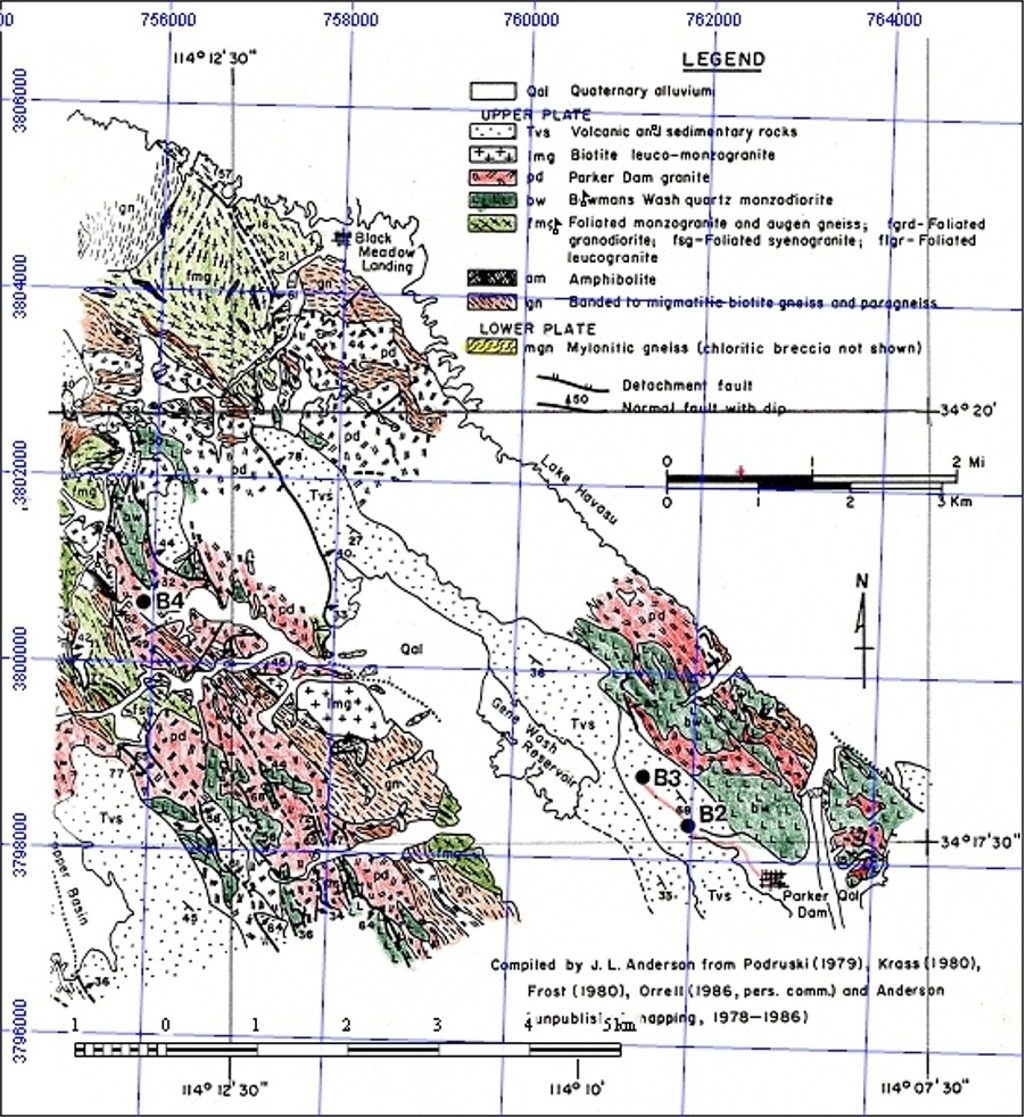

Provide real-time technical and hands-on support of SCAG existing Geodatabase system.Perform data transfer between the geodatabases in Microsoft SQL Server and other resources in different file formats.Support the GIS group to perform data cleanup and restructure for all GIS related data and databases.Perform system upgrades to all ESRI related products including but not limited to ESRI ArcGIS Server, ArcGIS SDE, and ArcGIS Online, as needed.The Consultant’s responsibilities include but are not limited to the following:

The SCAG IT Application Development Department is seeking a Senior GIS Consultant to maintain, support, and administer SCAG’s geodatabase and GIS datasets and provide GIS training to local jurisdictions and SCAG staff. This project received joint funding from the Healy Foundation and the New Mexico Bureau of Geology and Mineral Resources Aquifer Mapping Program.Position: Senior Enterprise GIS Consultant The model will assist with regulations in an area of heavy oil and gas activity. The Delaware Basin hydrogeologic framework will be developed in cooperation with the Oil Conservation Division in the New Mexico Energy, Mineral, and Natural Resources Department. The next 3D model is already under development and will focus on the Delaware Basin located directly south of the region modeled in this study.

The models can also serve as the basis for regional and site-specific studies, and assist decision-makers with water planning policy. “We also envision that this model could be revisited in the future with new water level and water quality data, allowing this product to stay informative as conditions change.”ĭata available in the models can improve well drilling success and reduce oil and gas well interference with freshwater zones. “One of the results of this study was a current estimate of the volume of water in each aquifer, which is invaluable data when making water-policy and regional water planning decisions,” said Aquifer Mapping Program Manager Laila Sturgis. Previously available groundwater maps were often outdated, hampering regional planning and project development. This study focused on water data from the last decade, ensuring the model and maps depict the current status of the aquifers. “The data is usually out there somewhere. We used everything from hand-drawn contours, to geologic cross-sections, to geologic formation picks from databases created by agencies in other states,” said Fichera. “I’d say the main challenge was finding data, compiling it, and organizing it into usable formats. The water resources in this area are under intense use and management due to the presence of large agricultural operations, cattle and dairy industries, and oil and gas extraction. This region was chosen as the first target of a long-term project to produce models for all large groundwater basins in New Mexico because of the wealth of subsurface geologic data available in thousands of oil and gas well logs. The project used water level and water quality data that was digitized into the computer program ArcGIS to produce 3D models for the Pecos Valley Alluvium, Southern High Plains, and Permian Aquifer systems. “Our goal was to make a product that everyone could use, whether that’s a well-owner wanting to visualize and understand where his or her water comes from, or a groundwater modeler wanting a hydrogeologic framework to implement into a project,” said Bureau Hydrogeologist Marissa Fichera. The New Mexico Bureau of Geology and Mineral Resources Aquifer Mapping Program recently published a three-dimensional model of the groundwater system extending from the crest of the Sacramento Mountains east to the Texas state line.



 0 kommentar(er)
0 kommentar(er)
